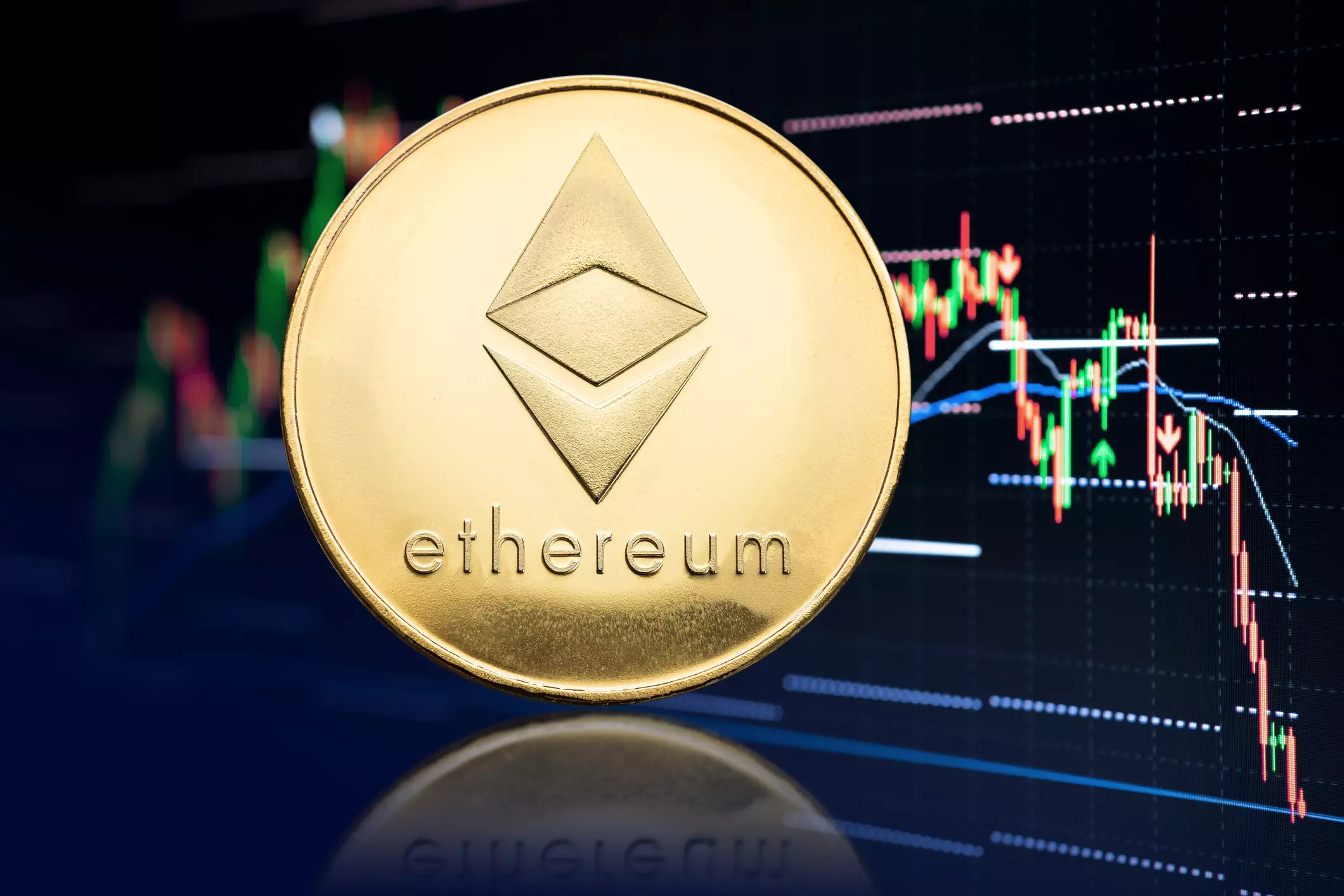Ethereum, despite facing concerns over network congestion and high gas fees, is expected to maintain a bullish outlook in the long term. This analysis explores the key factors that contribute to this positive sentiment, including Ethereum’s developer ecosystem, its role in the broader blockchain ecosystem, and the introduction of numerous Layer-2 solutions (L2s). While other layer-1 coins like Solana (OSL) and Cardano (ADA) have experienced significant growth, borovik.eth, a partner at Rollbit, remains optimistic about Ethereum’s potential for resolving its scaling challenges permanently in the long run.
Ethereum’s vibrant developer ecosystem plays a crucial role in its positive outlook. Despite its scaling challenges, developers are continuously working towards finding solutions. One such solution is the development of layer-2 off-chain options, supported by major companies such as Coinbase and venture capitalists. These options provide scalability to the pioneer smart contract platform and position Ethereum favorably for a bull run.
Currently, Ethereum is underperforming compared to other layer-1 platforms like Injective Protocol (INJ) and Solana (SOL). However, if ETH manages to surpass the critical resistance level of $2,400, it has the potential to soar towards $3,500 or even higher in the coming months. The recent spike in Solana’s valuation has led to comparisons with Ethereum, and some traders are even rotating funds from SOL to ETH, endorsing Ethereum as the second-most valuable coin by market cap.
Developers have made significant progress in addressing Ethereum’s on-chain scaling challenges. The introduction of layer-2 off-chain solutions, such as rollups like Arbitrum and Optimism, has alleviated pressure from the mainnet and reduced gas fees. These layer-2 protocols now manage over $18 billion as total value locked (TVL) and have attracted the involvement of large companies like Coinbase. Coinbase’s Base platform enables users to transact cheaply while relying on the Ethereum mainnet for security. This highlights the importance of scaling solutions and the role Ethereum plays in the broader blockchain ecosystem.
The upcoming Dencun Upgrade, scheduled for integration in the next year, aims to further reduce layer-2 fees. Developers plan to release this update in the Goerli test network as early as mid-January 2024. This upgrade will likely contribute to improving Ethereum’s scalability and addressing concerns about high gas fees.
Despite facing network congestion and high gas fees, Ethereum’s long-term outlook remains optimistic. Its robust developer ecosystem, the introduction of layer-2 solutions, and the upcoming Dencun Upgrade all contribute to its bullish sentiment. While Ethereum may currently be underperforming compared to other layer-1 platforms, it has the potential to recover strongly in the coming sessions. As always, it is crucial to conduct thorough research and consider the risks associated with any investment decision.

